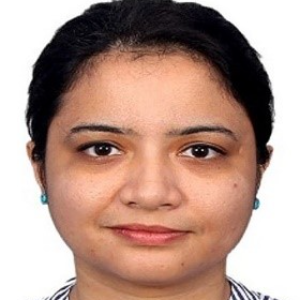Title : Mixed Matrix Membrane for High CO2 gas performance studies
Abstract:
Contemporary advances in materials development associated to the gas separation technology refers to the cost-effective fabrication of high performing defect free mixed matrix membranes. Being proven to be effective for cleaner energy production, natural gas purification and CO2 capture from flue gas systems, the mixed matrix membranes constitute the functional integration of polymer matrices (performing within the trade-offs of Robeson’s plot) and mostly inorganic filler materials (performing beyond the Robeson’s plot-based trade-offs). The broad domain of MMM research and development devotes towards selection of appropriate materials, defect free inexpensive fabrication and characterization for simulated and real-world application scenarios. A comprehensive review in the state-of-the-art of MMMs has been addressed in this article. The material selection related aspects have been discussed in the context of polymer and filler particle morphology and compatibility. Thereafter, the relevance of several inorganic fillers in various MMMs has been compiled and analysed. Eventually, modelling approaches have been summarized for the evaluation of MMM’s gas separation characteristics. A critical feature of the article is to devote towards possible remedial actions in due course of the achievement of a high performing defect free MMMs. Finally, the article devotes towards possible scope for furthering the existing challenges and characteristics of the MMMs.
What will audience learn from your presentation?
- This article provides a comprehensive review with respect to the utility of MMMs (constituting a bulk and a filler scattered phase) towards CO2 separation. A thorough analysis was carried out with respect to the filler particles in the MMM and their ability to enhance the CO2/N2 gas transport properties.
- This study provides alternate advanced fabrication methods to achieve MMMs with high performance in gas separation.
- Modifying agents have been added to improve the physico-chemical properties of the membrane. As indicated, the size, shape and porosity of the filler particles significantly influence the gas separation characteristics of the MMMs. Characterization studies concluded that the functionalization agents improve the membrane performance.
The high-end separation technology provided opportunity for large-scale gas separation operation and a very viable approach to be replaced with the conventional separation technology in terms of physico-chemical property enhancement and gas separation performance.



